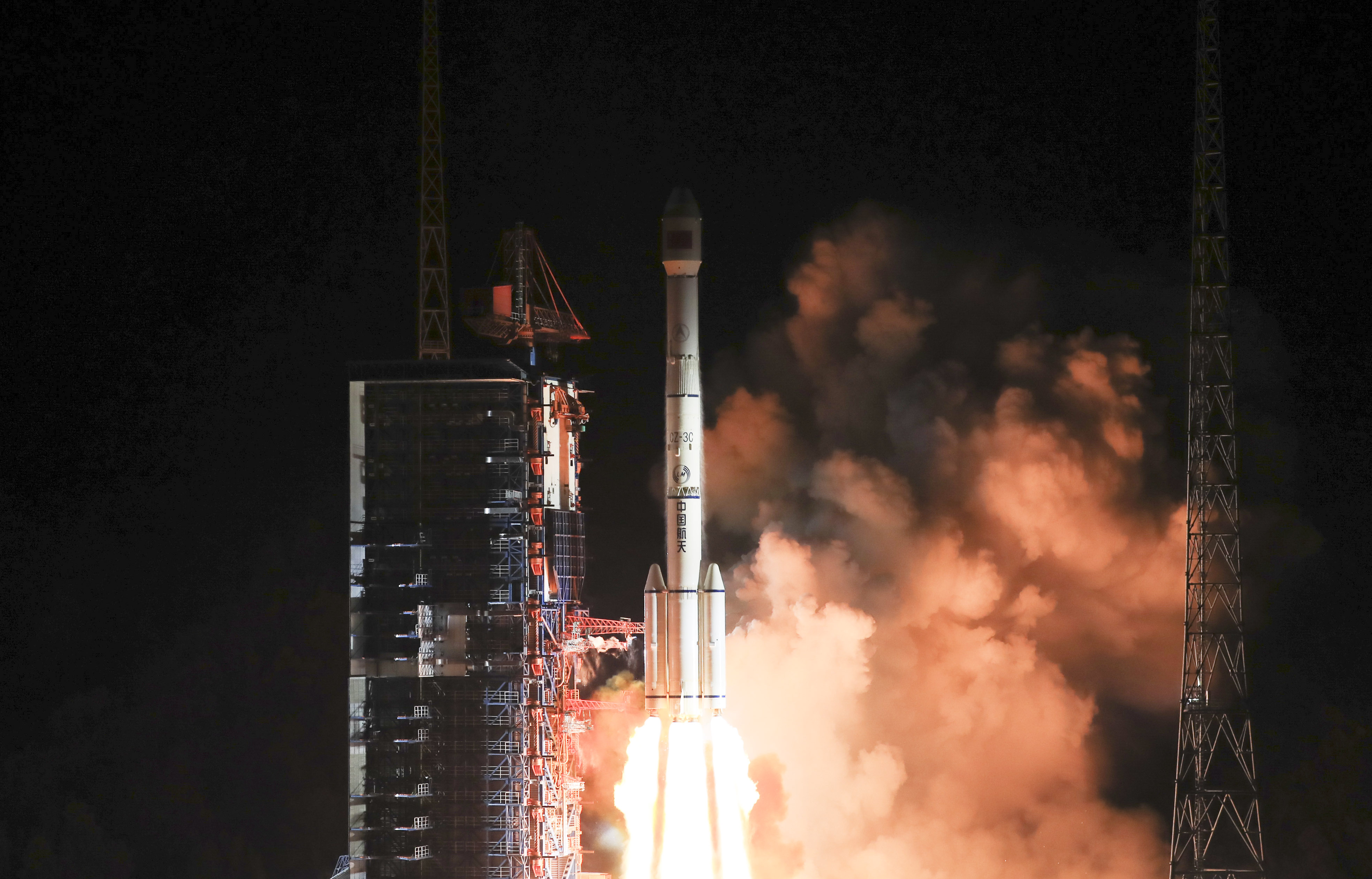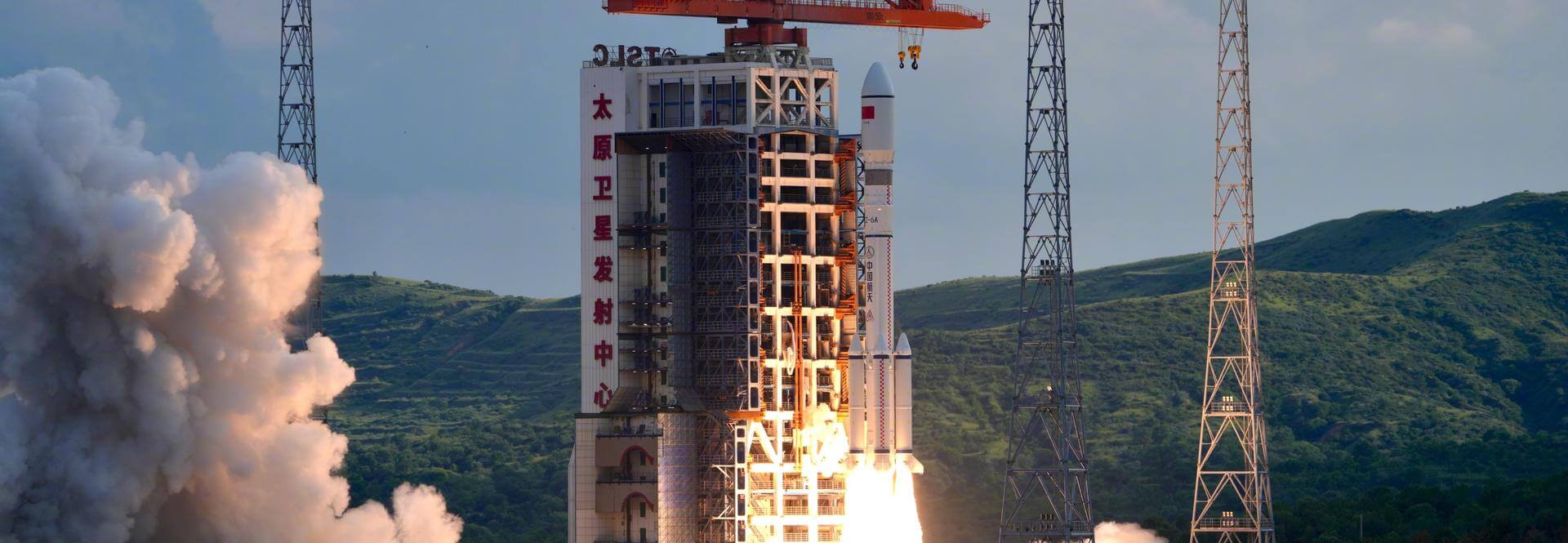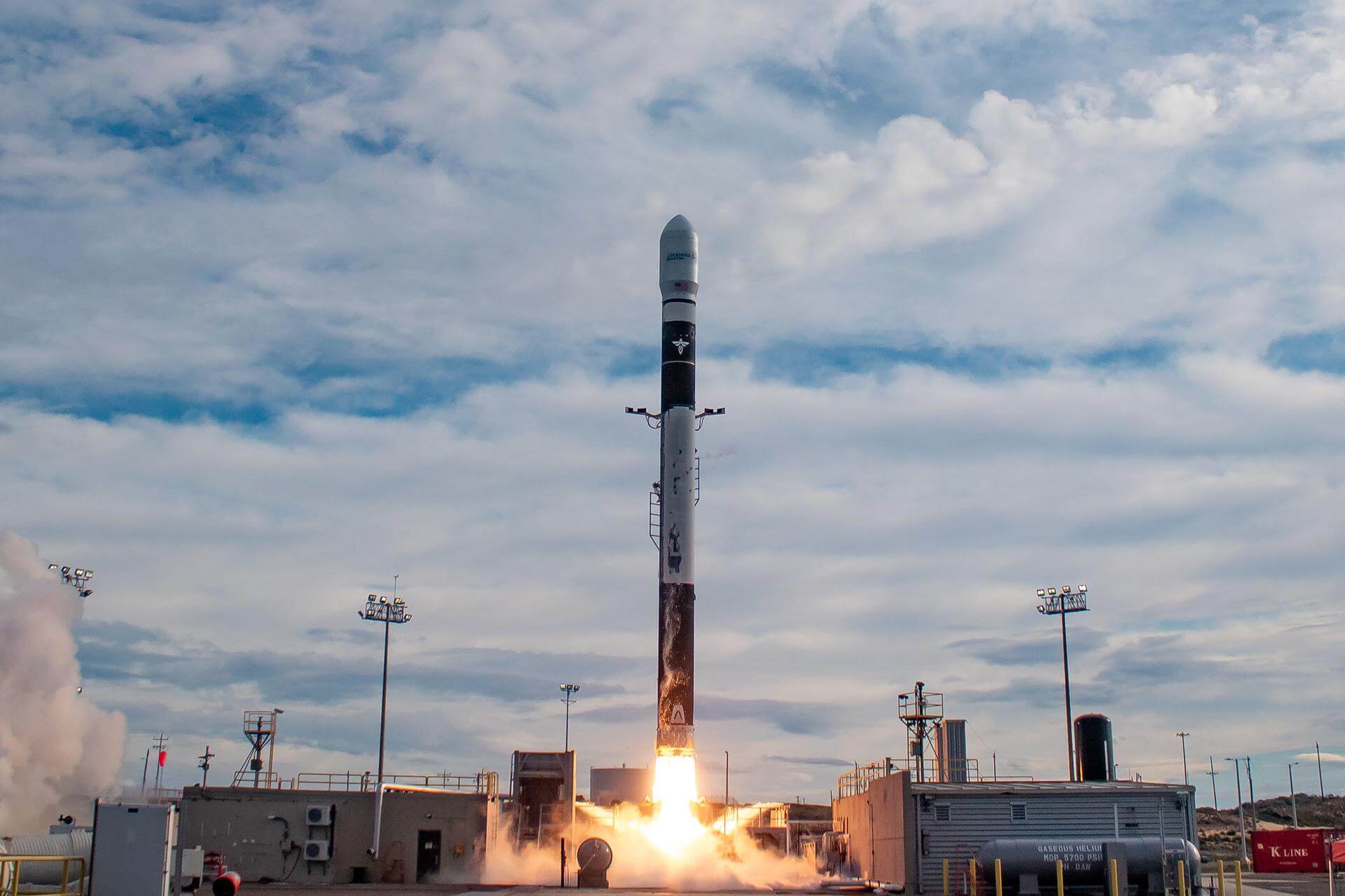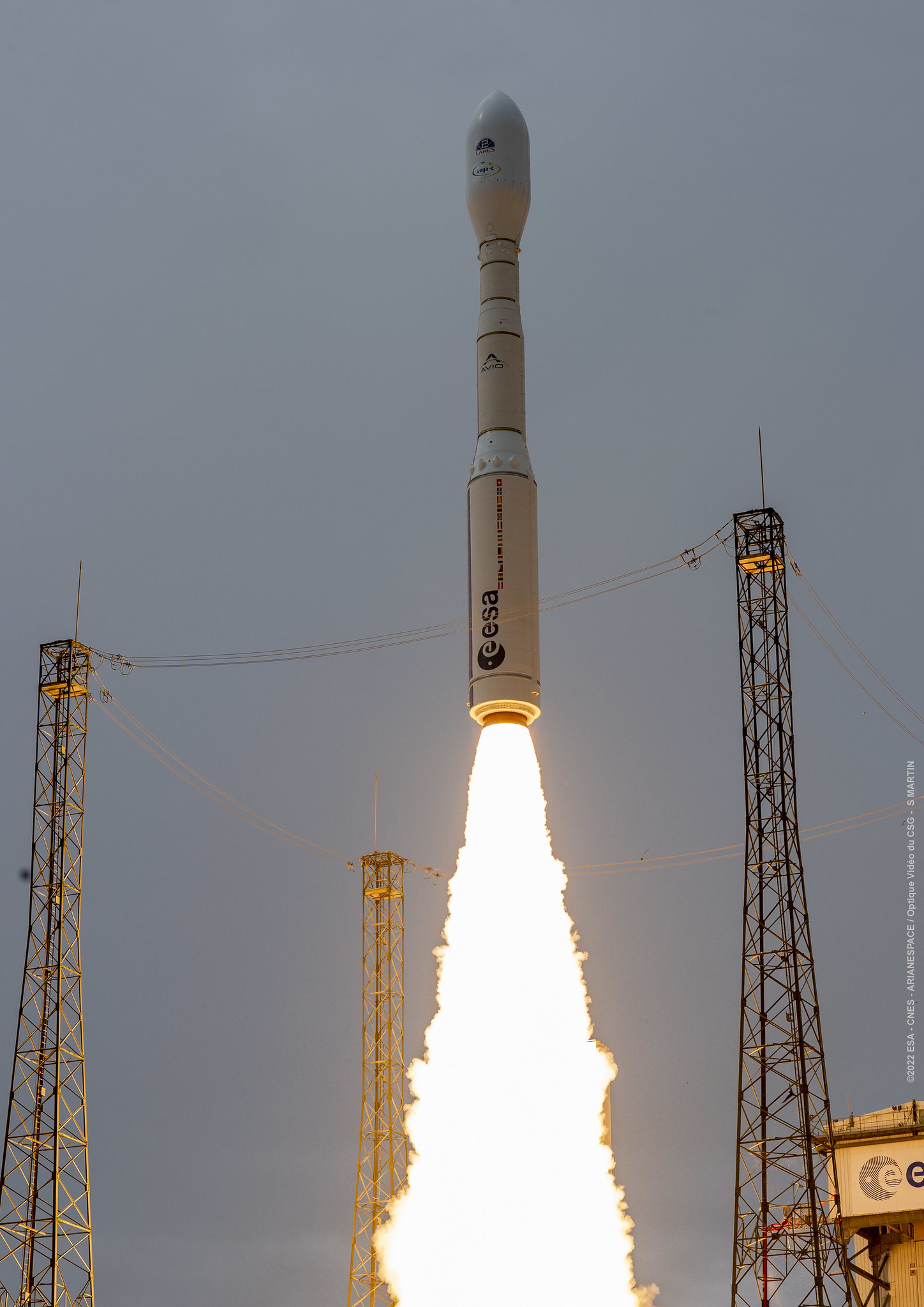Previous Spaceflight Launches
Filter by Agency, Locations or Vehicles
Show All LaunchesLong March 3C/E | TJSW-19
China Aerospace Science and Technology Corporation | ChinaXichang Satellite Launch Center, People's Republic of China
May 12, 2025, 6:09 p.m.
Long March 6A | Yaogan 40 Group 02
China Aerospace Science and Technology Corporation | ChinaTaiyuan Satellite Launch Center, People's Republic of China
May 11, 2025, 1:27 p.m.
Falcon 9 Block 5 | Starlink Group 6-91
SpaceX | United States of AmericaCape Canaveral SFS, FL, USA
May 10, 2025, 6:28 a.m.
Falcon 9 Block 5 | Starlink Group 15-3
SpaceX | United States of AmericaVandenberg SFB, CA, USA
May 10, 2025, 12:19 a.m.
Falcon 9 Block 5 | Starlink Group 6-93
SpaceX | United States of AmericaCape Canaveral SFS, FL, USA
May 7, 2025, 1:17 a.m.
Falcon 9 Block 5 | Starlink Group 6-84
SpaceX | United States of AmericaKennedy Space Center, FL, USA
May 4, 2025, 8:54 a.m.
Falcon 9 Block 5 | Starlink Group 6-75
SpaceX | United States of AmericaCape Canaveral SFS, FL, USA
May 2, 2025, 1:51 a.m.
Firefly Alpha | FLTA006 (Message in a Booster)
Firefly Aerospace | United States of AmericaVandenberg SFB, CA, USA
April 29, 2025, 1:37 p.m.
Status: Launch Failure
Mission:
Sixth flight of the Firefly Alpha small satellite launcher, launching the demonstration mission for Lockheed Martin's new LM400 satellite bus, which will carry a communications payload. The satellite bus is customizable to support different missions, including remote sensing, communications, imagery and radar Earth observations. It can also support different kinds of orbits and launch configurations.
Low Earth OrbitVega-C | Biomass
Avio S.p.A | ItalyGuiana Space Centre, French Guiana
April 29, 2025, 9:15 a.m.
Status: Launch Successful
Mission:
Biomass is an European Space Agency mission designed to measure the density of carbon stored in the world's forests. The spacecraft, built by Airbus Defence and Space, features the first civilian P-band synthetic aperture radar as well as a 12m-diameter deployable reflector from L3Harris made of over 900 km of gold-coated molybdenum 25µm wire. With a minimum operational lifetime of 5 years in its 666km 6am/6pm sun-synchronous orbit, the global coverage achieved every 9 months allows to precisely monitor the evolution of forests over time.
Sun-Synchronous OrbitFalcon 9 Block 5 | Starlink Group 12-10
SpaceX | United States of AmericaKennedy Space Center, FL, USA
April 29, 2025, 2:34 a.m.






